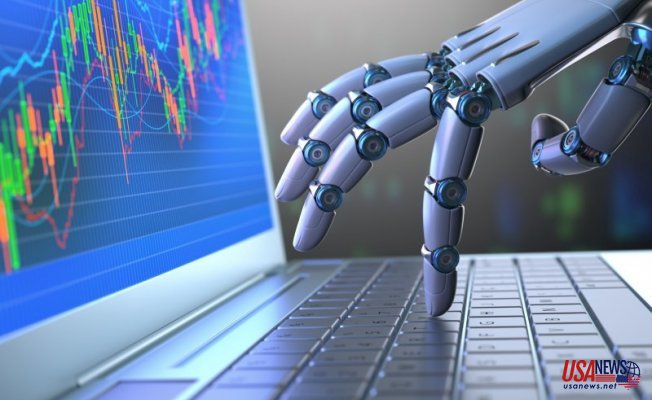Automated trading is all about quantitative analysis, programming, trading, and learning from experts seasoned in market operations.
There’s a popular misconception that automated trading means everything is completely automated with no human intervention required. That’s not entirely true because automated trading removes the risks involved in trading, but human intervention happens behind the scenes, seeking new strategies to increase profit.
Until recently, such automated trading involved highly qualified people in math or engineering sciences who designed their automated systems for trading. With such trading systems that may be used even by amateurs, stock market trading is witnessing people trading with hardly any experience other than technology to back them.
Automated trading strategy involves stock trading centered on a research-based, data-driven algorithm that rarely fails as it is backtested with historical data to ensure accuracy. Such an automated trading system can guarantee handsome returns in real-time scenarios. Quantitative trading features advanced mathematical and statistical patterns that help create and execute an algorithmic trading strategy that is easy to use by non-technical people and ensures good return on investment (ROI).
However, as someone new to algorithmic trading, you probably have a cartload of unanswered questions. Here’s a compilation of such questions you’ve been asking yourself, with the appropriate answers:
What’s with Automated Trading Today?
Did you know that 75 percent of the global stock and forex trades are executed using algorithms? Over 60% of the trading on the U.S. stock markets, was attributed to algorithmic and High-Frequency Trading (HFT). This unprecedented growth includes traders, individual investors, as well as institutional investors.
Why Should You Opt for Algorithmic Trading?
Primarily, it offers greater liquidity and renders the order execution efficient like never before. Moreover, an automated trading system makes price exploration an easy task. It plugs any information leaks, making your trading environment safe and secure. Also, as such an approach does away with human emotions, knee-jerk reactions are avoided, leading to minimal or no losses.
Which Algorithms Are Commonly Used for Trading?
According to a trading report compiled by the Staff of the U.S. Securities and Exchange Commission, “algorithmic trading in the equities – and to a lesser extent – in the debt market, has improved many measures of market quality and liquidity provision during normal market conditions.” Application Programming Interfaces or APIs are commonly used in Algorithms, which allow the investors to choose the strategy, which is then programmed.
What are the Factors Affecting Algorithmic Trading?
As a massive volume of historical data needs to be processed and compared with current data to achieve profits, several factors affect algorithmic trading. Some of the major factors include volume, price and time, and the mathematical model based on the algorithm. The speed and bandwidth fluctuations and the collocation distance and strategy all play a part in affecting algorithmic trading.
Algorithmic trading is an automated trading strategy, and it must follow the set of rules to execute the buy or sell orders in the financial market. The trade engine is designed in such a way that it generates profits at incredible speeds and frequency. And accuracy that rarely fails.
What Is Latency?
Latency refers to the time lost while sending out your order. In other words, it is the time taken for the order to reach the trading terminal or exchange, which is a small fraction of a second but can make all the difference. It also indicates the time taken to process market data, and it helps you set up your excellent infrastructure with matching speeds and capabilities. More importantly, your automated trading system should feature a strategy that can accommodate latency.
What Are The Different Types Of Frequency Trading?
There are three types:
Low-Frequency Trading (LFT) is when your trading strategy can tolerate a latency of 0.5 to 1 second, with no deterioration in performance.
Medium Frequency Trading (MTF) is a situation where your trading strategy can tolerate a few fractions of a seconds’ latency.
High-Frequency Trading (HTF) is when 1 microsecond’s difference is considered a disadvantage in a high-stakes trading scenario.
Do Trader-Deployed Algorithmic Trading Systems Beat Manual Traders?
Not always. Not all automated systems using HTF beat manual traders, though if arbitrage opportunities are involved, then the machines may have the upper hand.
While the list of questions is not exhaustive, most common questions are covered in the list. Do remember that a degree of the human element is always there in any automated scenario. An algorithmic or automated system can remove the risks and monotony in trading to help traders make decent profits.












